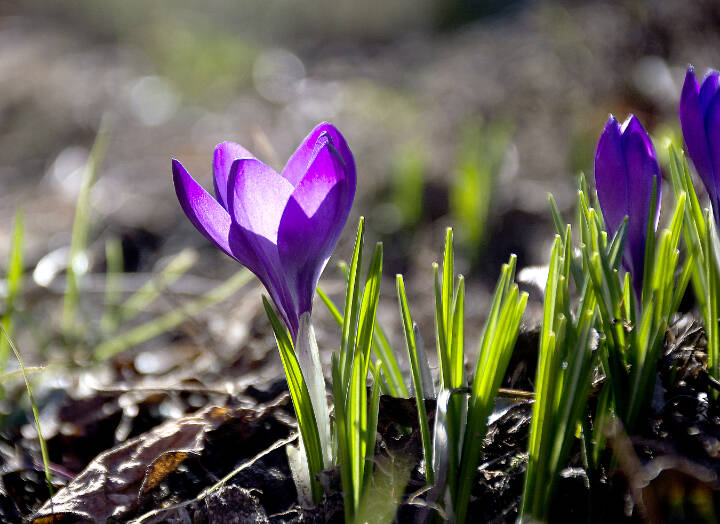I am feeling a bit philosophical today, so bear with me.
Last week, I finally bit the bullet and got into the garden for my spring cleanup. I had purposely left everything in the fall to die back naturally, as normally happens in nature. In retrospect, I think it was a good idea as it provided lots of visual interest throughout the entire winter. But alas, the time has come to remove the dead and rotting foliage from my perennials and evaluate just exactly what survived and what needed to be replaced.
Here is what I learned:
• Gardening is full of failures, but that is no excuse not to keep trying.
My backyard can be a mucky mess in the winter, to the detriment of some of the plants. It is important to pay attention to our dirt and gain an understanding of where the wet and or dry areas are — it will impact what we can grow and what will struggle.
Take my daffodils, for example. I must have planted 500 of them two years ago, and they were fabulous the first spring. This year, they are mostly missing in action. I suspect they must have rotted over the winter.
On the other hand, roughly the same number of tulips are returning in reasonable numbers. This is all counterintuitive to how daffodils and tulips normally behave in the Northwest. This fall, I will plant more daffodils and try locating them in drier areas and shallower sites (hopefully not graves).
• You can’t have too many spring bulbs.
Some of the brightest spots in my garden right now are my clumps of mixed crocuses. Yes, their colorful blossoms are fleeting, but they are so cheery. I wish I had more of them to enjoy, so I am resolving to plant 1,000 more this fall.
I also planted several hundred snow drops two years ago, and again last fall, and they are filling in nicely. Most of the alliums I planted — both the large, blue globe types and my favorite, Allium Shubertii — seem to be emerging unscathed by the wet, heavy soil. Go figure!
Oh, and I almost forgot: I planted 75 Martagon lilies, which are also poking through the surface, so that will be fun to watch. Lilies never seem to amount to much the first season, but from then on they should be real show stoppers. It is important to plant not only for our immediate enjoyment, but also for the future.
• Don’t get carried away with the bones.
While it is important to have some structure in the garden, especially in the winter when the annuals and perennials are absent, they can take up a lot of valuable space. Stick to dwarf versions of conifers that will give you the color and texture you need without overrunning your perennials and bulbs. Even deciduous shrubs can provide winter interest.
Over the last three years, through the results of winter freezing and general disinterest, I have removed roughly a third of the bones I originally planted. Initially, it felt like I needed them, but as the garden grew, my preferences have shifted.
• Remember, a garden is always changing and evolving.
There is very little that is static in our gardens. Some things die and others grow too fast. What we thought was adequate spacing for one plant turns out to be insufficient room for it to reach maturity — or maybe we just planted it too close to the house or the sidewalk.
Be flexible and willing to make changes. And, above all, approach every spring with new vigor and lust for the beauty that is sure to unfold, maybe not exactly as we had originally envisioned it, but magical and fulfilling never the less.
Free class
Sunnyside’s next free classes are “Organic Gardening” at 10 a.m. Saturday, March 25, and “Weed Control” at 10 a.m. Sunday, March 26. For more information, visit www.sunnysidenursery.net/
Steve Smith represents Sunnyside Nursery in Marysville and can be reached at sunnysidenursery@msn.com.
Talk to us
> Give us your news tips.
> Send us a letter to the editor.
> More Herald contact information.

























